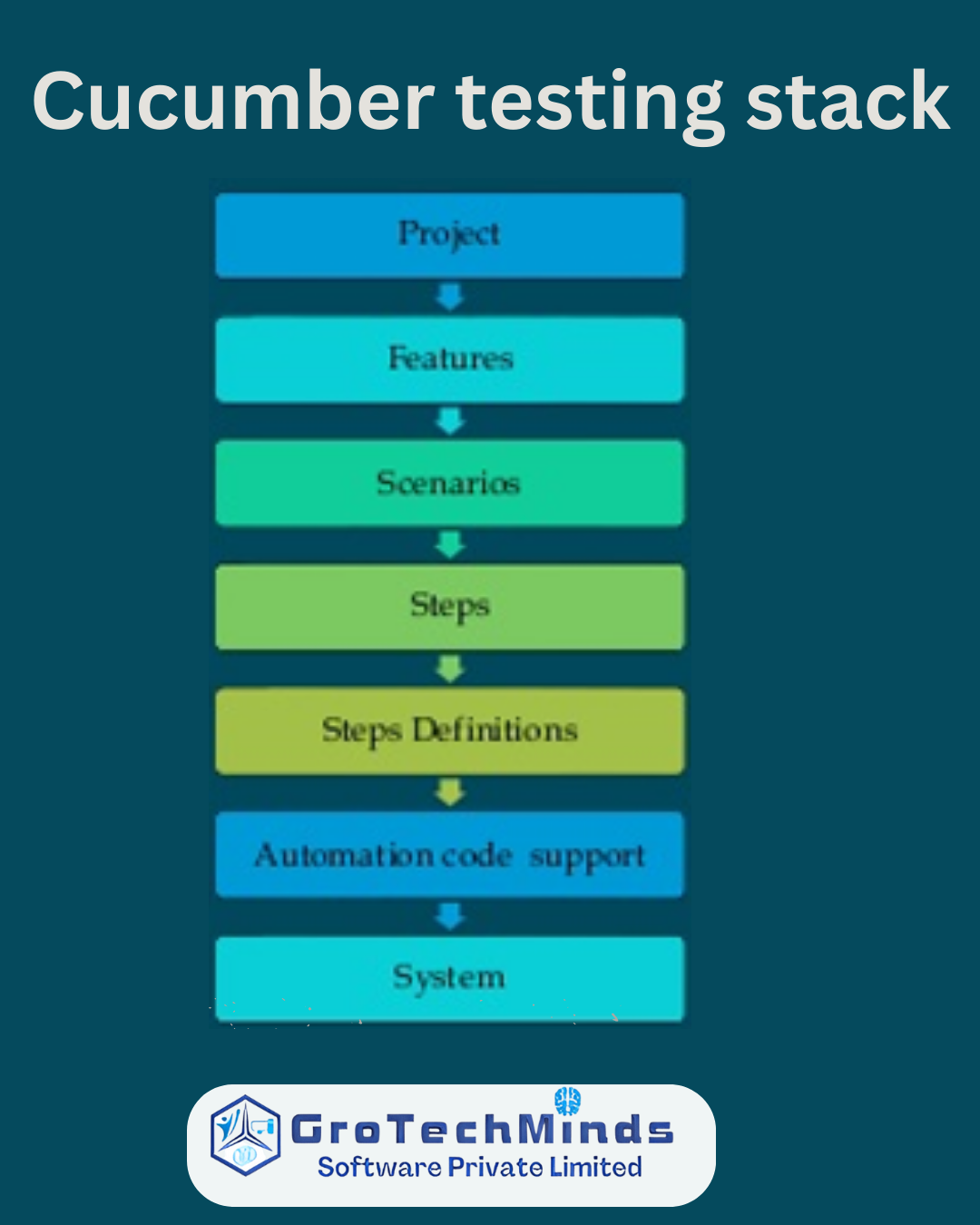In modern software enhancement, integrating various tests tools can improve the delivering high-quality applications. Cucumber, the popular tool for Behavior-Driven Development (BDD), is widely used with regard to writing test cases in plain terminology. However, to accomplish complete testing, attempting to demands to be incorporated to testing tools and frameworks. This kind of article explores typically the integration of Cucumber with other testing tools, providing cases and use situations to illustrate exactly how these integrations could boost your testing strategy.
Precisely what is Cucumber?
Cucumber is surely an open-source application that supports Behavior-Driven Development (BDD). This allows teams in order to write test scenarios in natural language using the Gherkin syntax, which will be then mapped to code. This technique helps bridge the communication gap involving developers, testers, and business stakeholders by ensuring that everyone has a clear knowing of the requirements and expected behavior regarding the application.
Why Integrate Cucumber?
Although Cucumber excels inside defining and running tests based upon user stories, this does not cover all aspects involving testing on the own. Integration with other tools can improve its capabilities, such as:
Improved Test Protection: Combining Cucumber along with other tools can give an even more comprehensive assessment approach, including product testing, performance assessment, and security screening.
Enhanced Reporting: The usage with reporting tools may offer detailed insights into test results that help in far better analysis.
Efficient Check Execution: Integrating with CI/CD pipelines in addition to test management resources can automate test out execution and streamline the development process.
you can try these out of Cucumber Integrations
Cucumber with Selenium
Use Case: Selenium is a well-known tool for automating internet browsers. Integrating Cucumber with Selenium permits you to automate browser-based tests making use of scenarios written in Gherkin.
Example:
Circumstance: Testing a login functionality.
Gherkin Function File:
gherkin
Duplicate code
Feature: Consumer Login
Scenario: Successful login with legitimate credentials
Given an individual is on the particular login page
When the user goes in valid credentials
Plus clicks the logon button
Then this user should be rerouted to the dash
Step Definitions:
java
Copy code
@Given(“^the user is about the login page$”)
public void userIsOnLoginPage()
driver.get(“http://example.com/login”);
@When(“^the user enters valid credentials$”)
public void userEntersValidCredentials()
driver.findElement(By.id(“username”)).sendKeys(“user”);
driver.findElement(By.id(“password”)).sendKeys(“pass”);
@When(“^clicks the login button$”)
open public void clicksLoginButton()
driver.findElement(By.id(“loginButton”)).click();
@Then(“^the user need to be redirected for the dashboard$”)
public emptiness userIsRedirectedToDashboard()
assertTrue(driver.getCurrentUrl().contains(“dashboard”));
Cucumber with JUnit
Employ Case: JUnit is really a widely used testing framework in Espresso. Integrating Cucumber with JUnit allows you to run Cucumber tests as part of the JUnit test suite.
Example of this:
Cucumber Configuration:
espresso
Copy code
@RunWith(Cucumber. class)
@CucumberOptions(features = “src/test/resources/features”, glue = “stepDefinitions”)
public category RunCucumberTest
JUnit Test Runner: This specific setup allows an individual to execute Cucumber tests using JUnit and integrate together with other JUnit capabilities, such as test suites and reporting.
Cucumber with Jenkins
Use Case: Jenkins is a fantastic Continuous Integration (CI) tool. Adding Cucumber with Jenkins enables automated execution of Cucumber tests as part of the CI pipeline.
Example:
Setup:
Mount the Jenkins Cucumber plugin.
Configure a Jenkins job to be able to run Cucumber tests using Maven or perhaps Gradle.
Create post-build actions to publish Cucumber reports.
Jenkins Pipe Script:
cool
Replicate code
canal
agent any
stages
stage(‘Build’)
steps
sh ‘mvn clean install’
stage(‘Test’)
steps
sh ‘mvn test’
post
always
cucumber ‘target/cucumber-report.json’
Cucumber with Attract Report
Use Circumstance: Allure is actually a flexible reporting tool of which provides rich plus interactive reports. Including Cucumber with Allure can enhance the particular visual representation associated with test results.
Example of this:
Setup:
Add Attraction dependencies to your Maven or Gradle project.
Configure Cucumber to generate Attract reports.
Set way up a post-processing phase to generate and look at Allure reports.
Maven Configuration:
xml
Replicate code
Generate Record:
gathering
Copy program code
mvn allure: serve
Cucumber with TestNG
Use Case: TestNG is actually a testing platform inspired by JUnit using more functions. Integrating Cucumber using TestNG permits you to influence TestNG’s advanced capabilities such as seite an seite test execution in addition to data-driven testing.
Illustration:
Cucumber Configuration:
coffee
Copy code
@CucumberOptions(features = “src/test/resources/features”, stuff = “stepDefinitions”)
@RunWith(Cucumber. class)
public class CucumberTestRunner
TestNG Configuration:
xml
Copy code
Best Practices for Integration
Sustain Clear Communication: Make sure that all stakeholders understand the objective and benefits of the integrations. Obvious documentation and interaction will help align anticipation and goals.
Modularize Test Code: Keep your test signal modular and organized. Separate concerns, for example analyze setup, execution, and even reporting, to generate upkeep easier.
Automate and Monitor: Automate typically the integration process whenever we can and monitor the outcomes. Regularly review and update the integrations to keep up with evolving requirements plus tools.
Leverage Revealing Tools: Utilize reporting tools to get insights into test results. Comprehensive reports may help identify tendencies, track progress, and make informed choices.
Conclusion
Integrating Cucumber with other screening tools can significantly enhance your screening strategy by incorporating the strengths associated with various tools. Whether or not it’s automating browser tests with Selenium, running tests in a CI canal with Jenkins, or perhaps generating detailed reviews with Allure, these integrations help create a robust and effective testing environment. By following best practices and choosing the proper tools with regard to your needs, you can ensure a high level of top quality in your software program development process.